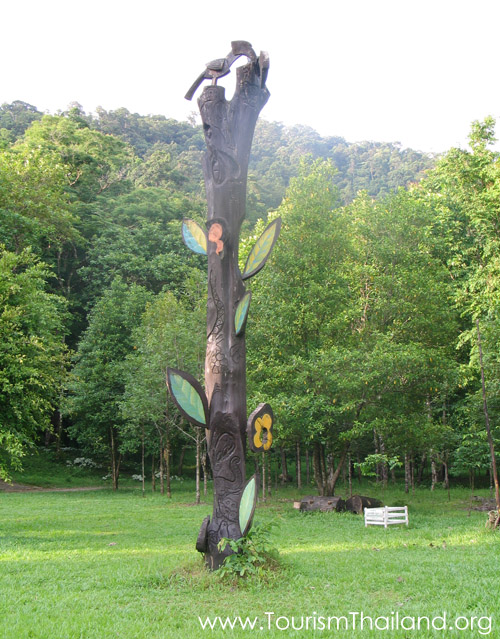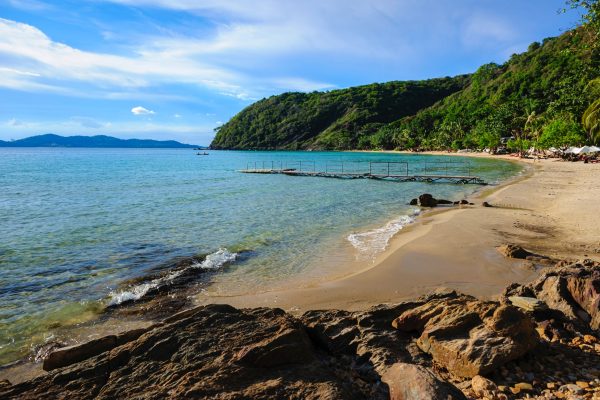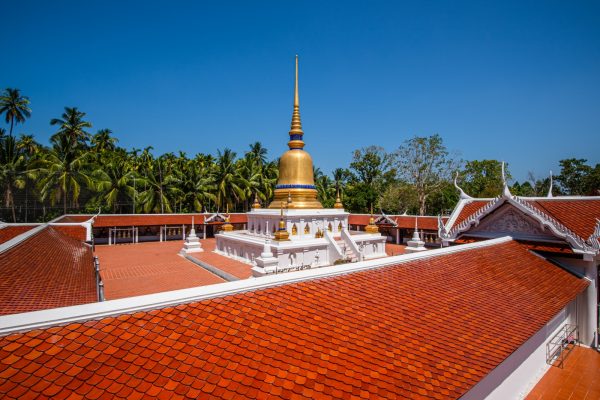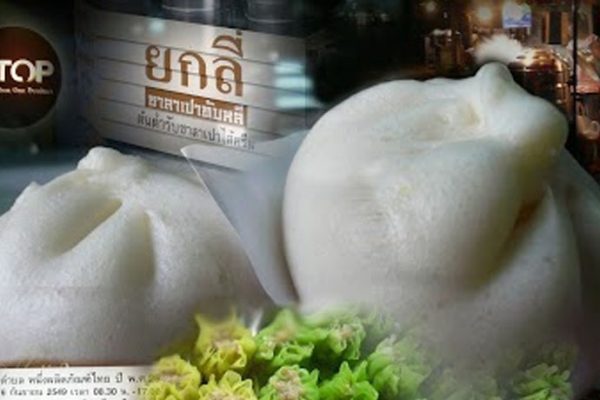
Klong Naka Wildlife Sanctuary
Klong Naka Wildlife Sanctuary is perched across an area larger than 130,000 acres. The sanctuary is covered with a pristine tropical rainforest, bordering Pa Khlong Sang Wildlife Conservation centre in Surathani and Sri Panga National Park in Panga at the other side. The attraction comprises of hills and mountains of various sizes which are sources of many rivers; Mt. Lung KaTeuk, Mt. Pramee, Mt. Naga, Mt. Por Ta LuangKaew and Mt. MuangChone. Klong Naka Wildlife Sanctuary is the only home for the unique PlubPleung Tarn (also known as Thai Onion Plant or Water Onion) in Thailand. From October till November is when the flowers bloom at their most.Exciting ActivitiesRafting is a popular choice among visitors. The journey offers an exceptional experience for first time visitors to see the unique PlubPleung Tarn which grows underwater with deep roots. Each plant is approximately 2-3 metres in length and comprises of around 20 soft green leaves. PlubPleung Tarn has serrated leaves. The receptacle has high moisture content and is green and purple, usually 80-100 centimetres in length. There are altogether 5-8 smaller flowers but only 1-5 of them will bloom at the same time. The petals are light green and are adjoined. Each of their ends are split into 6 sections making the little delicate flowers resemble beautiful stars. The 6 long filaments are evenly spread out. They give out a beautiful gradient colour from pure white to a brilliant red. The pollen are light yellow and usually occupy 1.2 to 1.5 area at the very tip. The stigma is much shorter compared to filaments. They have got multi-texture and surfaces including a bumpy surface and an angular shaped of 2.5 centimetres. PlabPleung Tarn is endemic to the region and is only found in certain areas in the provinces Ranong and Panga. They grow in fresh clean water that is no more than 2 metres deep.Schulze (1972) explained that PlubPleung Tarn is 1 of the 4 plants which are water plants and are categorized under the scientific “crinum” species. Crinum aquaticum Burch ex Spreng and Crinum natans Baker are found in Africa while the other, Crinum purpurascens Herbis found in Brazil and the east of the Andes. Nowadays, there has been a lot of smuggling of PlubPleung Tarn to many countries across the world. The worsening environmental condition today has made it difficult for the reproduction of PlubPleung Tarn. In Ranong, the plant is given a local name as Yaa Chong. The unique species only bloom at the end of the year which is around November to December time.





